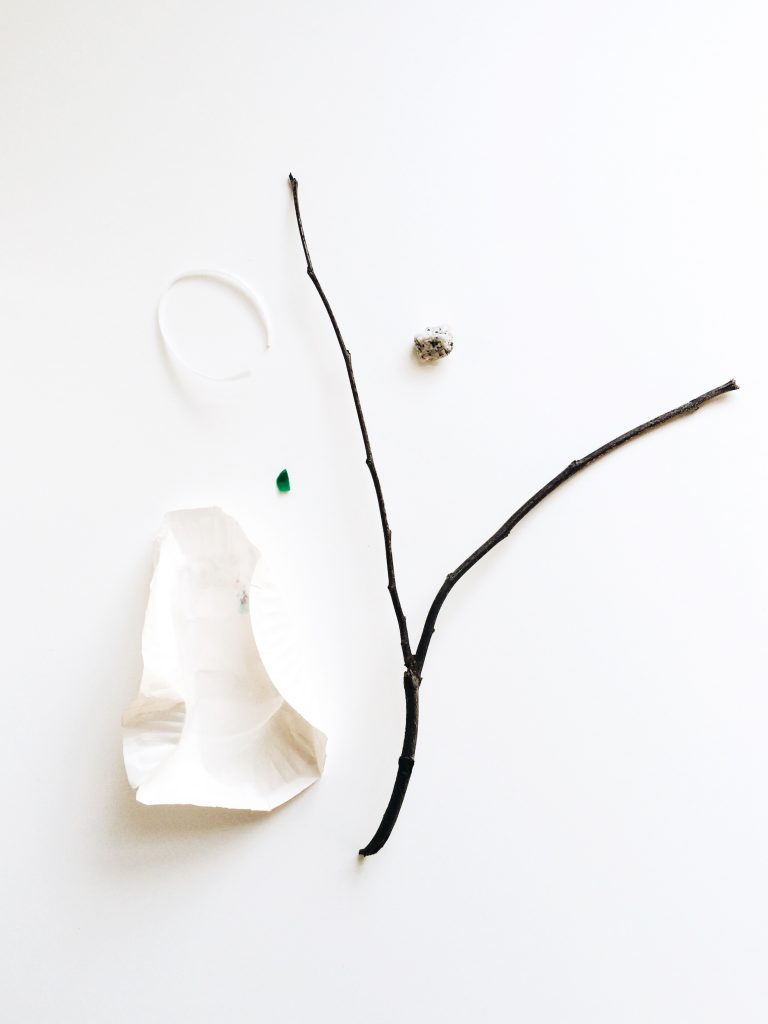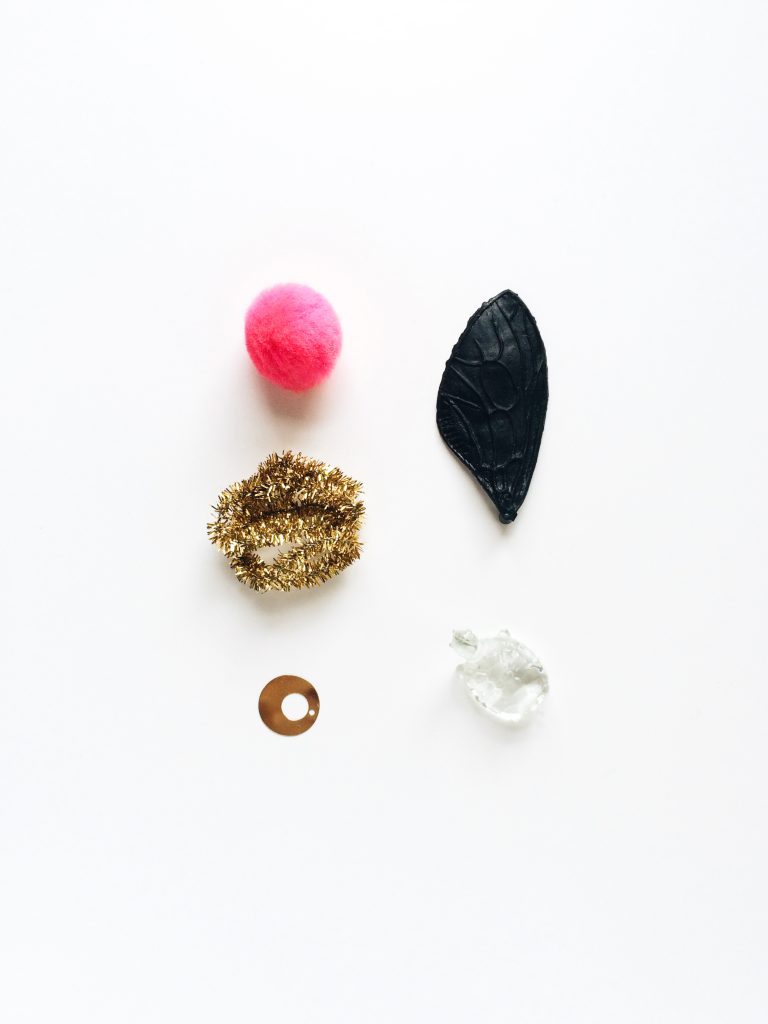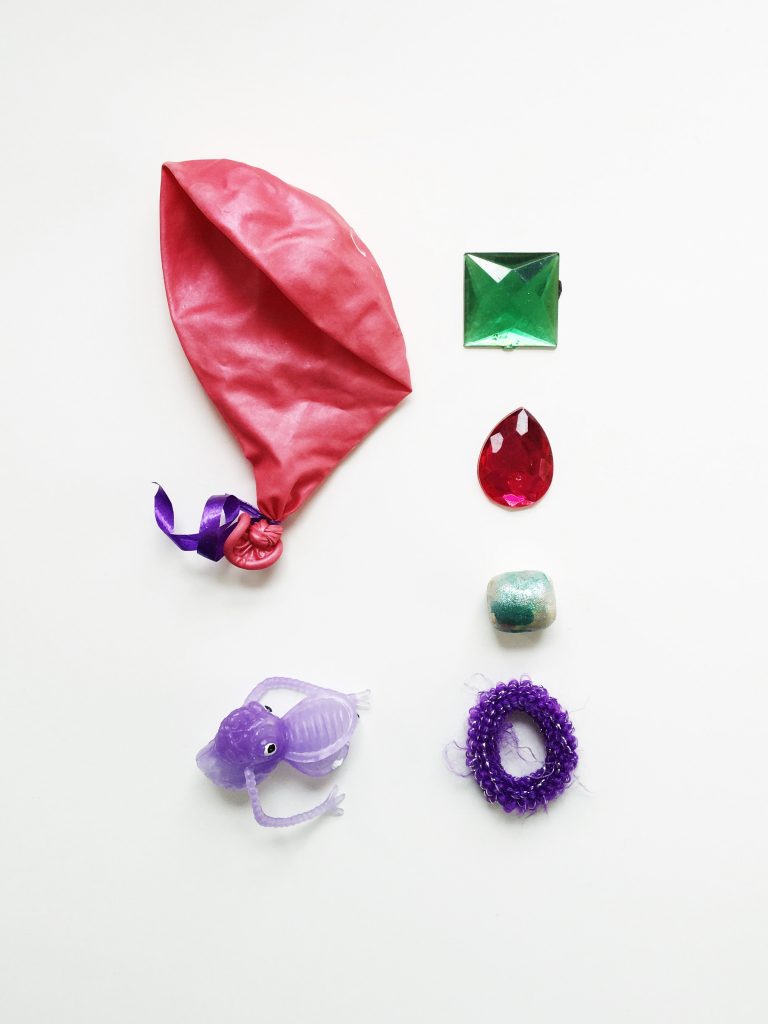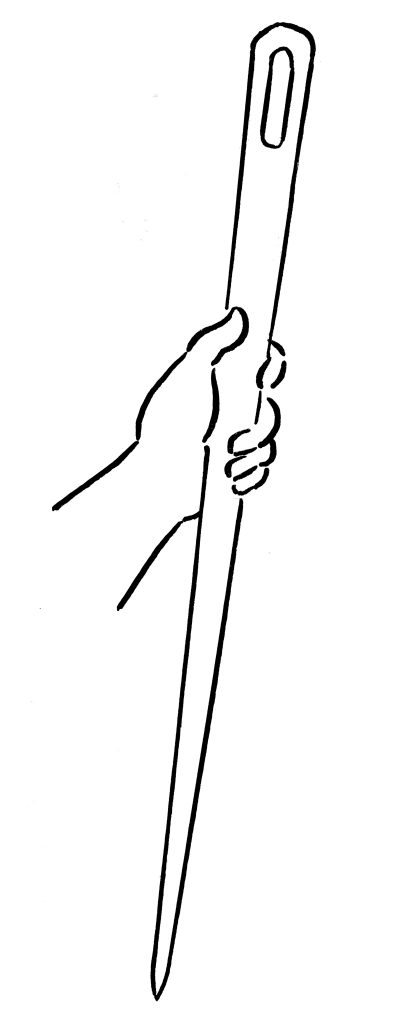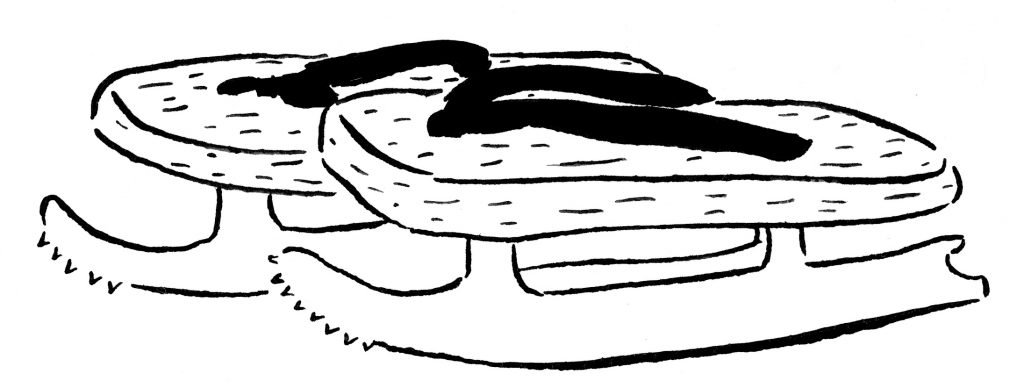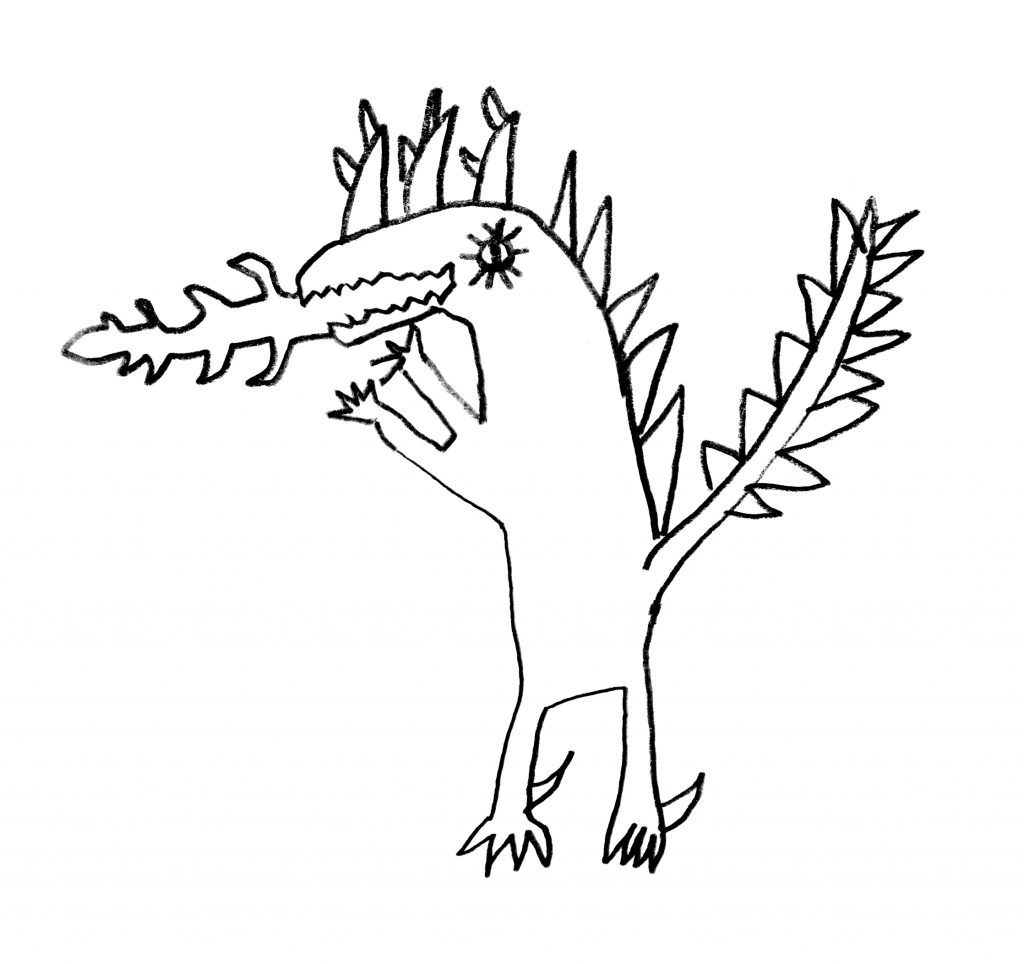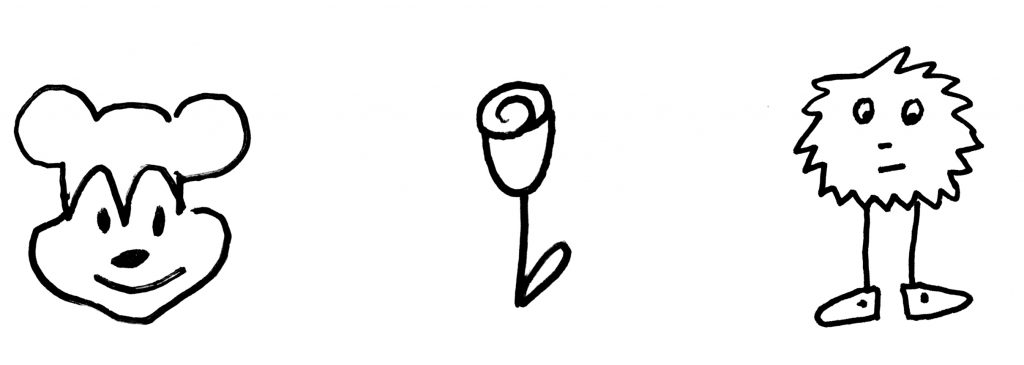Writing an essay is a mind game. Can you play without forgetting that you’re a participant? Writer Cole Cohen muses on some strategies for self-forgetting.
Everyone in the world who knows about the mind game The Game is playing it. The objective of The Game is to not think about The Game. As soon as you’ve thought about The Game, you’ve lost. Once you know about The Game, you cannot opt out of playing. You can’t really win The Game; you are only ever in a process of not yet losing it. All losses of The Game must be announced by an admission, “I just the lost The Game.” You can’t really confess to losing The Game without reminding the person you are confessing to of the existence of The Game, causing them to also lose it.
Every morning I pour a cup of black coffee, sit in front of my laptop and shove my headphones over my head. I play a little game with myself: I can’t take my first sip of coffee until I’m typing and once I take my first sip I have to keep typing throughout the time it takes me to finish the cup. According to the tenets of this game, I am allowed to stop typing after the first cup of coffee if I want to. Often the first cup of the coffee and the first side of an album on repeat are all I that I need to dissolve into the slipstream of caffeine and music. If I stop to recognize that I am corralling words into formation to make sentences to cluster into paragraphs to organize my thoughts into a blanketing narrative with a beginning, middle, and end it’s all over. I just lost my game. You can’t play The Game or my own writing mind game without forgetting that you are a participant. There are only two modes: forgetting and losing.
No one is sure of the origins of The Game but my favorite story about its conception is the one that takes place in the mid-1990s involving two British engineers stuck on a London train platform overnight after missing the last train. To try to make the best of their circumstances, they made a game of trying not to think of the situation; whoever first remembered that they were both stranded on a train platform until sunrise lost the game.
How can I manipulate someone else’s perception with only words?
Writing an essay is a mind game. What am I thinking? How do I untwist questions I have from each other and lay them out into narrative form? Why does anyone else care what I’m thinking? How can I manipulate someone else’s perception with only words? I have found that I can’t structure my thoughts clearly and express them if I think about these questions while trying to get words on the page. It’s overwhelming. So I start with what I’m thinking. In order to find out what I’m thinking I have to work from a gentle remove. My first cup of coffee in the morning and the music through my headphones are a buffer between me and my thoughts about my thoughts. Riding the high of the first hit of caffeine helps me to forget my form and shape shift into text.
Hungarian psychologist Mihaly Csikszentmihaly characterized the state of “flow” as a highly focused positive mental state in which one is absorbed in the task at hand beyond all sense of space and time. I first heard of this driven mental territory as a child diagnosed with ADD, one of the symptoms of which in children is a tendency to “hyperfocus” on their interests at the expense of their obligations such as homework or chores. It took many years and lots of psychological testing to determine that I actually don’t have ADD but instead a hole in the parietal lobe, the part of the brain responsible for spatial attention. I have a lot the same characteristics as someone with ADD; I still have a childishly difficult time engaging in tasks that I consider boring and once I get ahold of an interesting concept I pursue it intensely until I don’t care about it anymore. In the state of flow or hyperfocus I can relax because it allows to me live like a brain in a jar, free of the embodied confusion of the spatial world. Hyperfocus is also a trance that relieves me from judging the quality of my work. I don’t lose my game for writing badly, just for not writing. Play is a rehearsal for failure, it’s a fantastic opportunity to take a tumble and get back up. Artists have an active relationship with failure; in my feverish dream state I give myself permission to write garbage for my editor self, the adult in charge of boring things like making sense, to work out later.
Play is a rehearsal for failure, it’s a fantastic opportunity to take a tumble and get back up.
Making art is chaotic and destructive, it starts with making a huge mess and then later asking how the hell do I get myself out of this? Like The Game, if you think about how to get out of the trap while you’re setting it for yourself then you’re already in it. The Game is an example of ironic process theory; the psychological state where the attempt to suppress certain thoughts brings them more frequently to the forefront of your mind. In his trilogy Childhood, Boyhood, and Youth, Leo Tolstoy recalls playing a childhood game with his brother where one stands in the corner and tries not to think of a white bear. In Childhood, Tolstoy wrote, “Will the freshness, lightheartedness, the need for love, and strength of faith which you have in childhood ever return? What better time than when the two best virtues— innocent joy and the boundless desire for love— were the only motives in life?” One of my earliest memories of play is of when I first learned to walk and run. Chasing groups of pigeons in the park until they took flight gave me absolute unbridled glee. To me, though probably not to the pigeons, this was a game that I was playing with them. In this game I was effortlessly present in making mayhem without considering the consequences. On my best days working on a first draft, I’m mowing down blank space on the page with that same manic joy I felt terrorizing pigeons as a child.
(Image credit: Courtesy Denis Bocquet via Flickr.)


